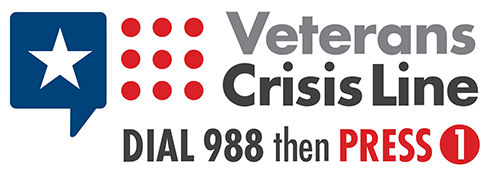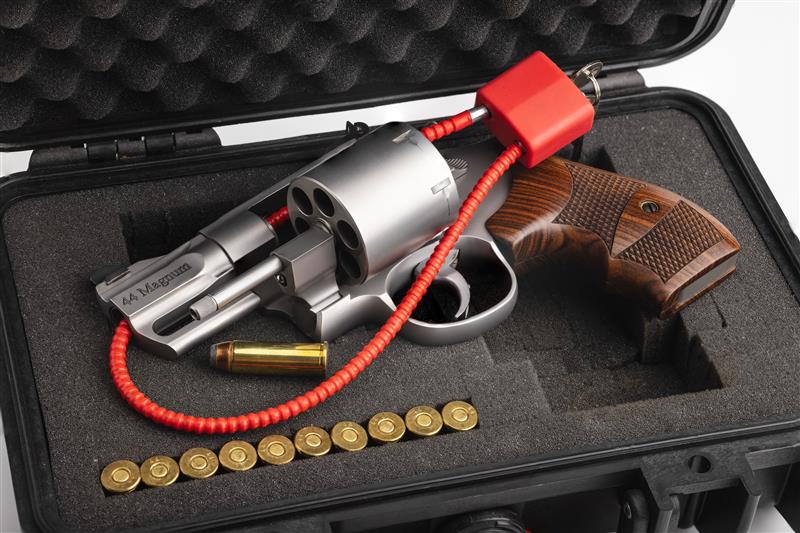Veteran Suicide Prevention
First Steps for Veterans or Helping a Veteran
 If you or someone you know is in crisis, please call the Veterans Crisis Line at 988, then press 1.
If you or someone you know is in crisis, please call the Veterans Crisis Line at 988, then press 1.
The Veterans Crisis Line is the world’s largest provider of crisis call, text and chat services, according to the U.S. Department of Veterans Affairs. It serves more than 650,000 calls every year, 24 hours a day, 7 days a week. Users also may text to 838255 or chat online to receive confidential crisis intervention and support.
Suicide Prevention in Minnesota
Minnesota loses around 100 Veterans to suicide each year. The mental health and well-being of our Veterans continue to be a top priority. MDVA is collaborating with other organizations to identify risk factors of Veteran suicide and create an innovative, cooperative way to reverse this trend, reducing Veteran suicide deaths in Minnesota.
Veteran suicide is often the result of a combination of factors, including mental or physical illness, alcohol or drug abuse, painful loss, exposure to violence, social isolation, and access to lethal weapons. Veterans are at a higher risk for suicide than the civilian population. MDVA is working with local, state and federal partners to expand access to mental health services for service members, Veterans and their families (SMVF) in the state of Minnesota.
Minnesota aims to increase the ability of its local communities to coordinate culturally appropriate suicide prevention activities through the following objectives that are set in place by the Minnesota State Suicide Prevention Taskforce:
- Goal 1: Increase individuals, organizations and communities’ capacity to develop and implement a comprehensive public health approach to prevent suicide.
- Goal 2: Promote factors that offer protection for suicidal experiences across the individual, relationship, community and societal levels.
- Goal 3: Identify and support individuals who are experiencing mental health challenges or who are having suicidal experiences.
- Goal 4: Strengthen access and delivery of care for mental health and suicide.
- Goal 5: Connect, heal and restore hope to those impacted by suicide.
- Goal 6: Improve the timeliness and usefulness of data.
Video Resources
- Veteran Suicide Prevention (10 minutes)
- You Are Not Alone (30 seconds)
- We're All Human (30 seconds)
- Impacts to Families (30 seconds)
- Gun Lock (30 seconds)
- Checking In (30 seconds)
Free Gun Locks
 MDVA wants to partner with the state’s SMVF population on staying safe. According to the U.S. Department of Veterans Affairs, a locked gun can mean the difference between a tragic outcome and a life saved for someone in crisis. Though Veterans are well-versed in firearm safety, all gun owners should understand that during emotional or stressful times, delaying access to a gun could mean the difference between life and death. Gun locks can prevent someone in crisis from tragically taking their own life.
MDVA wants to partner with the state’s SMVF population on staying safe. According to the U.S. Department of Veterans Affairs, a locked gun can mean the difference between a tragic outcome and a life saved for someone in crisis. Though Veterans are well-versed in firearm safety, all gun owners should understand that during emotional or stressful times, delaying access to a gun could mean the difference between life and death. Gun locks can prevent someone in crisis from tragically taking their own life.
Veteran-affiliated agencies have distributed tens of thousands of gunlocks over the past few years. If you would like a free gunlock, please email suicideprevention.MDVA@state.mn.us with your mailing address.
Off-Site Firearm Storage Options
Minnesota has a map of safe, approved locations for voluntary, temporary firearm storage. This map was developed to help community members seeking local options for out-of-home firearm storage, which can be especially helpful to persons in crisis. The businesses and law enforcement agencies listed on this map are willing to consider requests for temporary, voluntary gun storage.
Find a CVSO
Minnesota County Veterans Service Officers are a first point of contact for service members, Veterans or their families when needing assistance with benefits associated with military service.
Visit macvso.org to find your local CVSO.
Minnesota Veteran Suicide Prevention (MVSP) Collaborative Members
- Minnesota Department of Veterans Affairs
- Minnesota Department of Health
- SMAHSA SMVF TA Center (Service Members, Veterans and their Families Technical Assistance Center
- Minnesota National Guard
- Beyond the Yellow Ribbon (Minnesota National Guard)
- American Legion – Department of Minnesota
- VA Community Engagement and Partnership Coordinators
